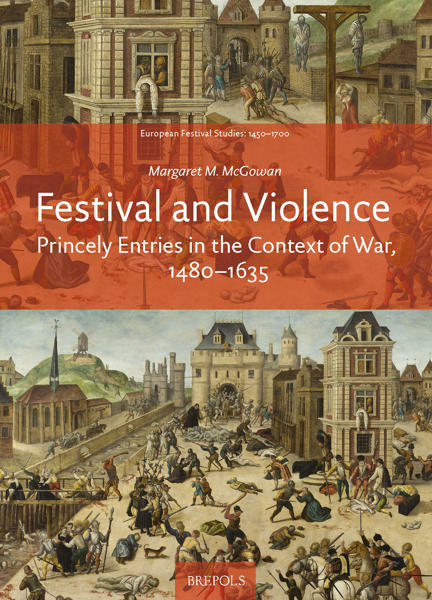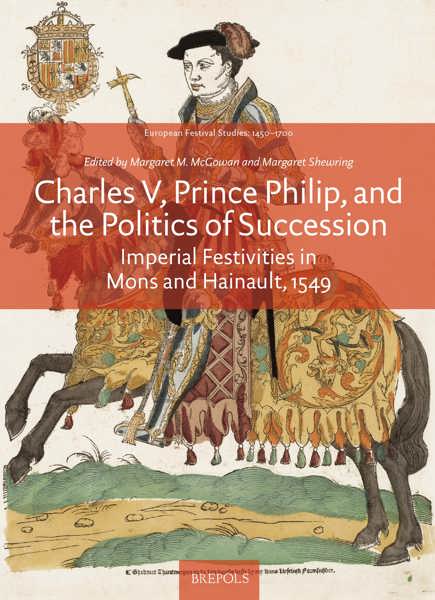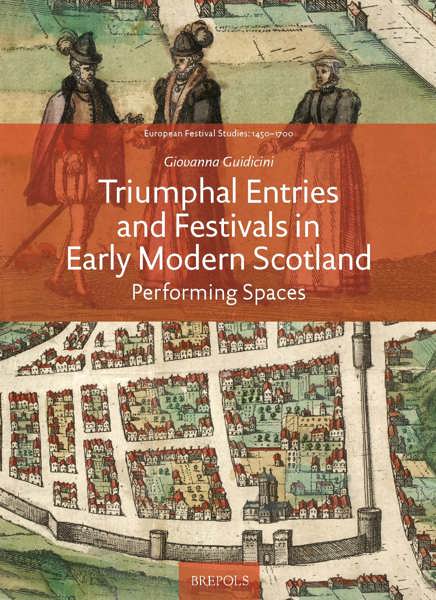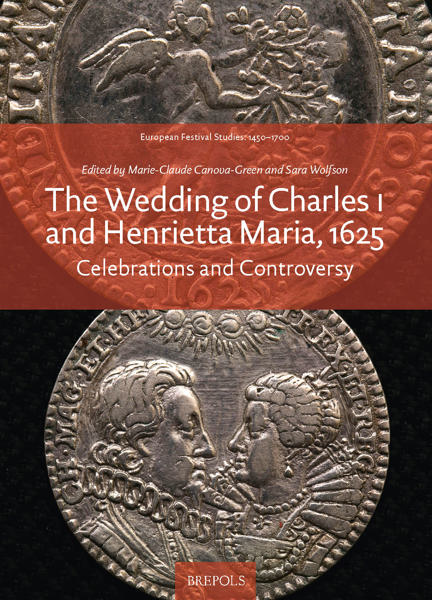
Harmony in the Universe
Spectacle and the Quest for Peace in the Early Modern Period
Margaret M. McGowan
- Pages: approx. 225 p.
- Size:178 x 254 mm
- Illustrations:48 b/w, 11 col.
- Language(s):English
- Publication Year:2026
- € 85,00 EXCL. VAT RETAIL PRICE
- ISBN: 978-2-503-59967-0
- Hardback
- Forthcoming (Jun/26)
- € 85,00 EXCL. VAT RETAIL PRICE
- ISBN: 978-2-503-59968-7
- E-book
- Forthcoming
*How to pre-order?
A new approach to the study of Peace in Renaissance Festivals. Recognizing the potency of war, artists, writers, poets, composers and choreographers sought new ways of promoting harmony in the state through their varied inventions for court spectacle.
Margaret M. McGowan, CBE, FBA, was Research Professor at the University of Sussex. Her research centred on intellectual, cultural, and artistic concerns in early modern Europe. Her publications include: l’Art du Ballet de cour, 1581-1643 (Paris: Centre national de la recherche scientifique, 1963; re-ed. 1968); Montaigne’s Deceits (London: University of London Press, 1974); Ideal Forms in the Age of Ronsard (Berkeley: University of California Press, 1985); The Vision of Rome in Late Renaissance France (New Haven and London: Yale University Press, 2002); Dance in the Renaissance (New Haven and London: Yale University Press, 2008); Dynastic Marriages 1612/1615 (Farnham: Ashgate, 2013), and Festival and Violence: Princely Entries in the Context of War, 1480–1635 (Turnhout: Brepols, 2019); and with Margaret Shewring, Charles V, Prince Philip and the Politics of Succession: Festivities in Hainault and Mons, 1549 (Turnhout: Brepols, 2020). She gave the Leopold Delisle lectures in 2012, was awarded the Wolfson Prize in 2008, a CBE in 1998, and became a Chevalier de l’Ordre des Arts et des Lettres in 2020.
This book is, sadly, a posthumous publication. It is the author’s last work and offers a new approach to the study of Peace in early modern Europe. It explores the creations made by artists, poets, composers, and choreographers for festivals performed at court and in the cities of Europe which were specifically designed to make players and spectators aware of the significance of Peace, and tomove them to actions which helped to guarantee its duration. Created in the context of war, these festivals were based on a conception of a world made up of harmony and controlled by an interplay between order and disorder. This view of the universe influenced writers in their opinions of political structures and diplomatic strategies for which festivals played an important role. Politics and spectacle are shown here to be mutually reinforcing, for ballets, intermezzi, masquerades, choral performances, and princely entries, while recognizing the potency of war, allsought to establish concord, and to bring civic unity to countries devastated by conflict. Inspectacle, the Quest for Peace is complex, frail, yet rich in invention.
Introduction
Chapter I. Concordia discors: Sixteenth-Century Conceptions of the Universe
Chapter II. War
Chapter III. Music and Dance as Creators of Harmony
Chapter IV. The Harmonious Magic of Festivals: Princely Entries
Chapter V. The Role of Court Spectacle in the Creation of Harmony: Ballets, Masques, Intermezzi
Chapter VI. The Installation of Peace
Bibliography
Index




